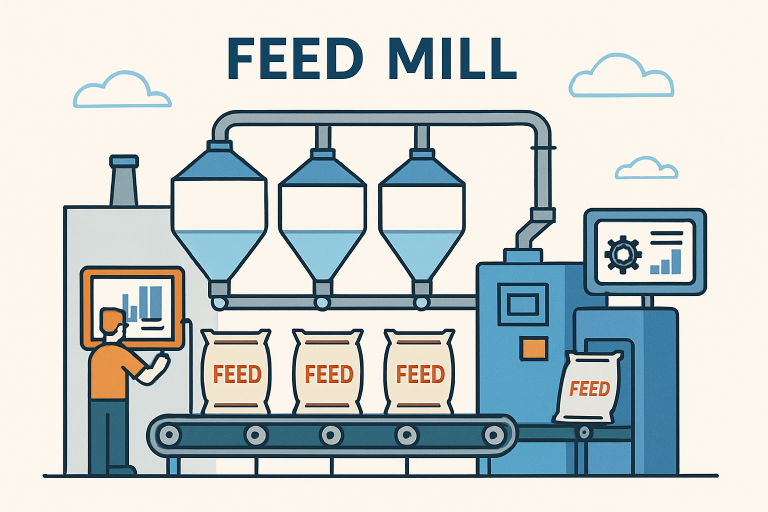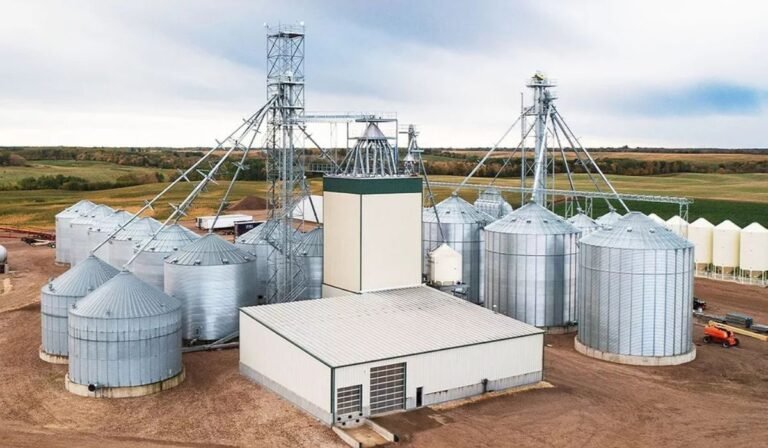The feed milling industry integrates traditional techniques with innovative methods to produce more efficient, sustainable, high-quality feed products. With rising global demand and environmental awareness, mills invest in technology to boost productivity and address ecological concerns.
Upgrading feed mill equipment offers benefits like optimized resource usage, improved product quality, and safety, driven by automation, artificial intelligence, and sustainable practices, providing a competitive edge. With the expertise and tailored solutions from Cruco Mill & Industrial Supply feed mill suppliers, companies can seamlessly integrate these advances, resulting in operations that are both efficient and environmentally conscious.
Automation in Feed Mills
Automation is revolutionizing the feed milling industry by replacing manual processes with computer-guided systems, enhancing precision, safety, and efficiency. These systems enable real-time monitoring and fine-tuning of every step, reducing human error and product variability.
Automation also drives down operational costs and resource consumption, with systems like AS/RS for raw materials, batching, and robotic packaging streamlining workflows and minimizing downtime.

Artificial Intelligence in Feed Production
Artificial intelligence (AI) is revolutionizing feed production by analyzing large data sets, predicting issues, and identifying maintenance needs. AI-driven systems can also dynamically adjust feed formulations based on real-time data, enhancing resource efficiency, product quality, and animal welfare. This technology benefits both businesses and animal welfare.
Sustainable Practices in Feed Milling
Sustainability in the agricultural sector is a key focus in feed mill innovation. Modern mills incorporate energy-efficient motors, automated shutdown systems, heat recovery technologies, dust control, effluent management, and locally grown ingredients to reduce emissions and support regional farmers.
Challenges and Opportunities
Advanced feed mill technologies present opportunities and challenges, including upfront costs, maintenance, and a skilled workforce. However, long-term benefits include efficiency gains, sustainable operations, and improved product consistency. These forward-thinking feed mills contribute to a greener future and position themselves for leadership in the modernized agricultural sector, with government incentives and industry recognition favoring sustainable producers.
Conclusion
The future of feed milling lies in the seamless integration of advanced technologies that prioritize efficiency, accuracy, and sustainability. Feed mills are pioneering solutions that benefit producers, consumers, and the planet by adopting automation, leveraging artificial intelligence, and embracing best practices for environmental stewardship. To stay ahead in this evolving landscape, industry professionals must remain agile and informed, strategically partnering with innovative suppliers and technology leaders.
